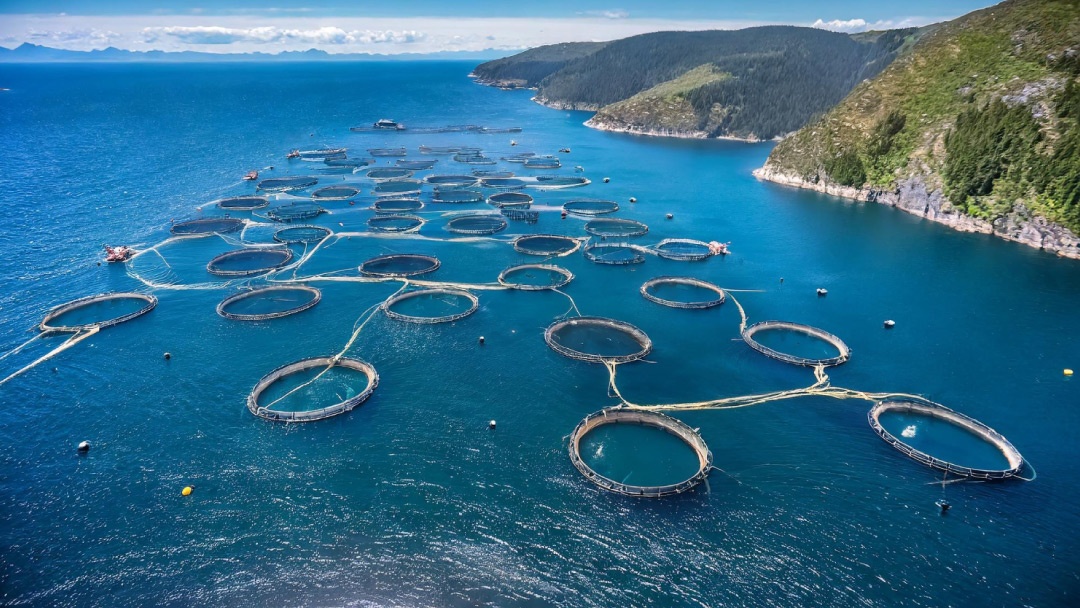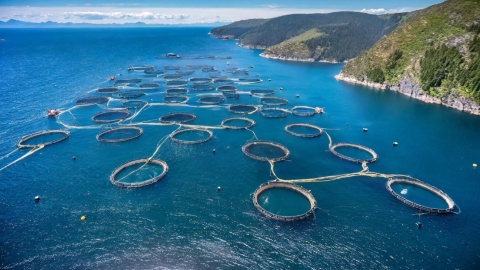
A research team from the Aristoteles University of Thessaloniki and the University of Patras, in Greece has uncovered how farmed gilthead seabream (Sparus aurata) adjust their metabolic and energy parameters in response to seasonal temperature variations.
The findings, based on monthly sampling at a sea bream farm in the Evoikos Gulf, Greece, offer valuable guidance for aquaculture operations. Understanding these seasonal metabolic shift can support tailored feeding and operational strategies throughout the year-maximising growth while minimizing temperature-induced stress.
Led by Konstantinos Feidantsis, the researchers analysed tissue samples from adult sea bream to assess gene expression and the activity of enzymes involved in lipid and carbohydrate metabolism, as well as markers of energy status and mitochondrial function.
Their data revealed two distinct metabolic phases. From September to February-the cooler acclimatization period-the fish accumulate significant lipid reserves, pointing to an energy-storage strategy. In contrast, from February to July, during the warmer months, carbohydrate metabolism becomes dominant, with a rise in related enzymatic activity.
According to the study published in Fish Physiology and Biochemitry, “the decline in citrate synthase activity during warm acclimatization may signal the onset of mitochondrial downregulation,” potentially highlighting limitations in the fish’s energy capacity under prolonged thermal stress.
The research holds direct implications for aquaculture management. By aligning feeding regimes and operational parameters with seasonal physiological changes, producers can enhance fish welfare and optimise growth rates.
These insights are particularly relevant in the face of climate change, as rising and unpredictable temperatures increasingly challenge farmed fish physiology. “Understanding physiological plasticity in response to environmental shifts equips us with crucial tools to anticipate how fish may respond to future oceanic conditions,” the team concludes.
Rererence:
Feidantsis, K., Antonopoulou, E., & Michaelidis, B. (2025). Unravelling the metabolic gene expression and energetic patterns of gilthead sea bream (Sparus aurata) under seasonal temperature fluctuations in aquaculture conditions. Fish Physiology and Biochemistry. https://doi.org/10.1007/s10695-025-01513-y



